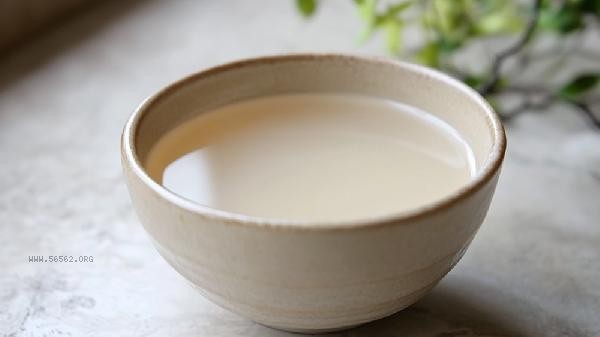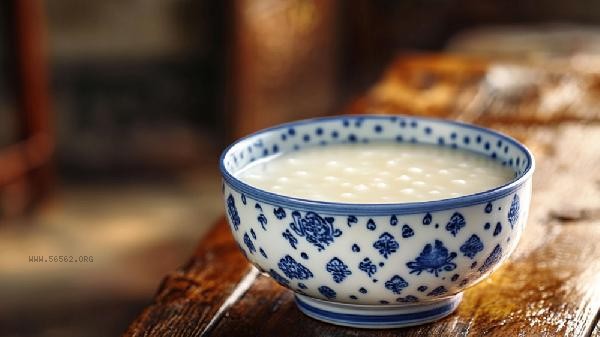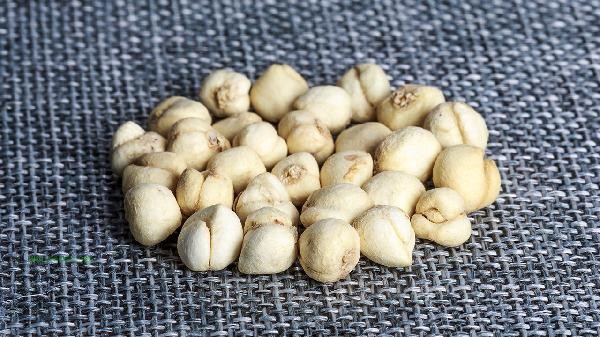Rice wine is often fermented at 30 ° C mainly because this temperature is conducive to yeast activity and the generation of flavor compounds. 30 ° C can balance the efficiency of amylase, inhibit the proliferation of miscellaneous bacteria, promote ester formation, shorten the fermentation cycle, and maintain the stability of the wine.

1. Activation of yeast activity
Brewing yeast has the best metabolic activity at 30 ° C and can efficiently convert starch into alcohol. Low temperatures can cause yeast to enter dormancy, while temperatures above 35 ° C can easily denature enzyme proteins. The root mold and yeast in traditional koji form a symbiotic relationship at this temperature, working together to complete the saccharification and fermentation processes.
2. Optimizing Saccharification Efficiency
Rice wine brewing requires a saccharification stage, and 30 ° C is the optimal temperature for Aspergillus oryzae to secrete amylase. At this temperature, the branched starch in japonica rice can be fully decomposed into fermentable sugars, providing sufficient substrates for subsequent alcohol fermentation while avoiding sugar coking caused by high temperatures.
3. Inhibiting contamination by miscellaneous bacteria
30 ° C belongs to the advantageous growth range of yeast in acidic environments, which can effectively inhibit the overgrowth of miscellaneous bacteria such as lactic acid bacteria. Excessive temperature can easily cause contamination by acetic acid bacteria, leading to spoilage of the wine, while low temperature may breed mold. 30 ° C can maintain the microbial balance of the fermentation system.

4. Promote flavor formation
This temperature is conducive to the catalytic generation of aromatic substances such as ethyl acetate by esterification enzymes, giving rice wine its unique floral and fruity aroma. At the same time, it can control the production of advanced alcohols within an appropriate range, avoiding the production of excessive isoamyl alcohol and other bitterness, forming a sweet and soft wine style.
5. Shortening the fermentation period
30 ° C can control the main fermentation period within 7-10 days, which is about twice the efficiency of low-temperature fermentation. For every 5 ° C decrease in temperature, the fermentation time needs to be extended by several days, while exceeding 35 ° C can accelerate fermentation but easily produce odors. 30 ° C achieves a balance between speed and quality. In practical operation, it is necessary to adjust the permeability of the fermentation container according to the environmental humidity, and using a ceramic jar can better maintain a constant temperature. In the later stage of fermentation, the temperature can be appropriately lowered to 25 ° C to promote the clarification of the wine. Before bottling, pasteurization is required to terminate the fermentation. Using fresh glutinous rice and high-quality koji, controlling the rice water ratio at around 1:1.2, stirring twice a day to ensure even oxygen supply, these measures can further improve the quality of rice wine. Traditional brewing can add auxiliary materials such as goji berries and osmanthus flowers to increase flavor levels, but attention should be paid to the timing of addition to avoid inhibiting the main fermentation.









Comments (0)
Leave a Comment
No comments yet
Be the first to share your thoughts!